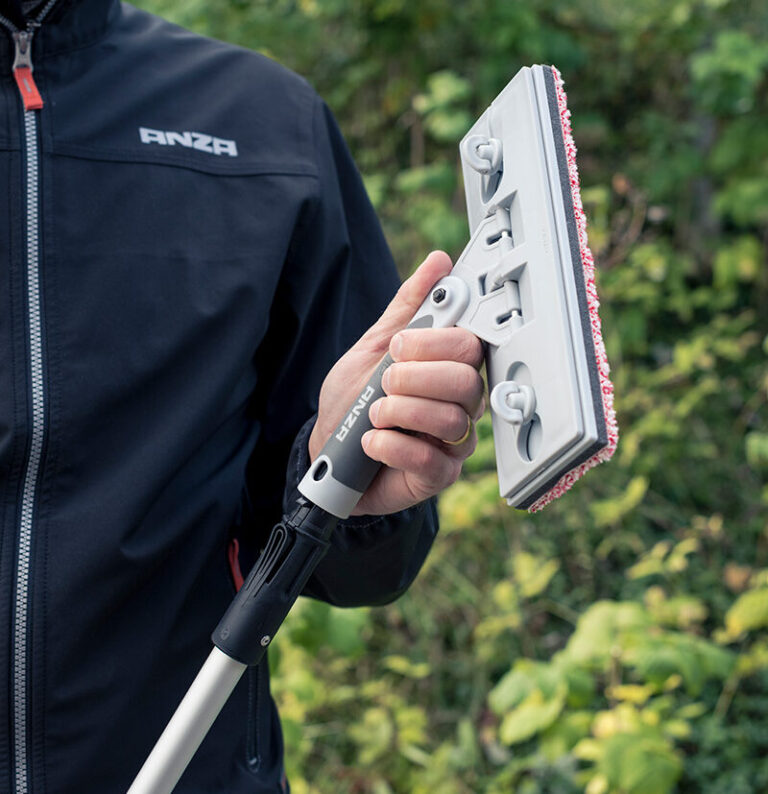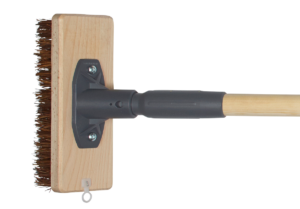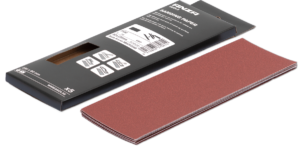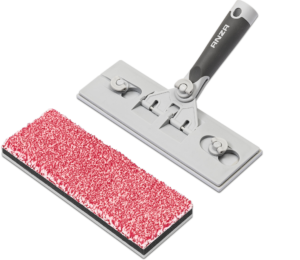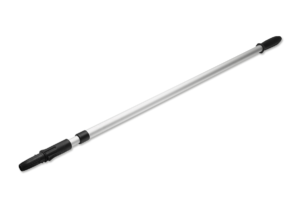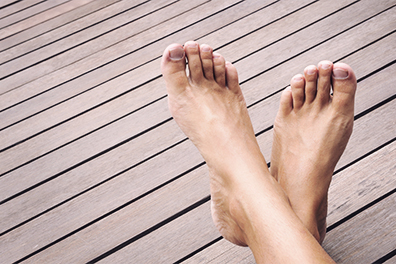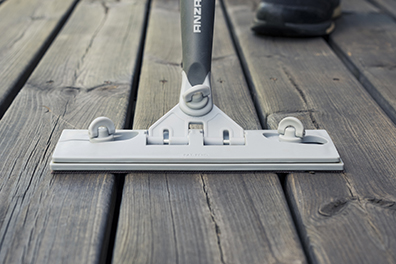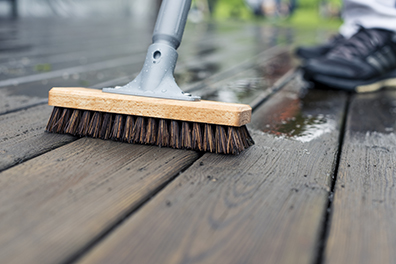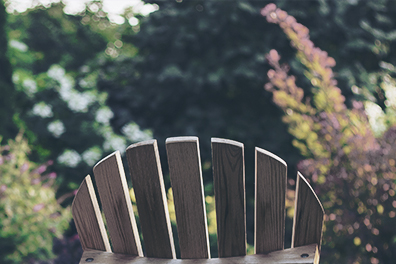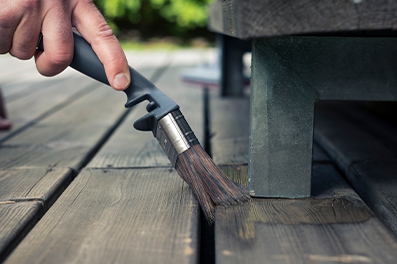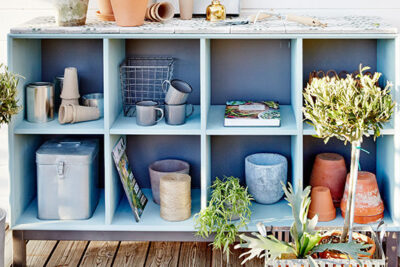- Home
- Treat terrace
- The Terrace Guide - everything you need to know
-
Wood oil or terrace glaze?
Many people wonder whether to choose wood oil or wood acid when treating their balcony. Put simply, the main difference between wood oil and glazing is how often you need to reapply a new treatment. The wood oil doesn’t last as long as the glaze, but it gives a different finish. So the terrace oil lasts longer, but leaves a clearer layer on top of the wood.
Impregnated wood – what should I consider?
If you’ve laid a new terrace, pressure-treated wood is one of the most common materials. The wood is treated with an agent that allows it to survive well without further treatment and it will turn naturally grey over time. But that doesn’t mean the boards won’t crack, peel and become uncomfortable to walk on. Therefore, we recommend processing the wood. What you should keep in mind is to wait until the wood is thoroughly dry, preferably 4-6 weeks.
Can I save a terrace with dull and worn boards?
Have you never treated your terrace or have you taken over one with worn boards? As long as the wood is not too old, there is still hope with a few simple tricks. Much can be solved by giving the terrace a thorough wash and scrub with a proper terrace brush. We show you the best way to clean your balcony here.
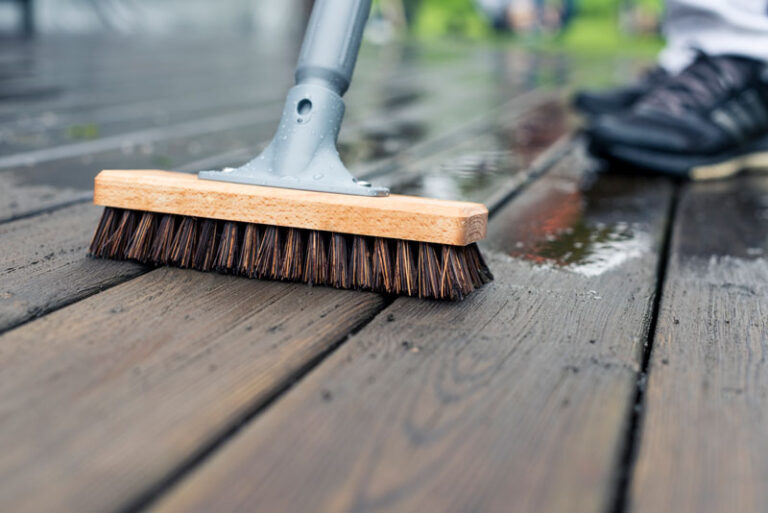
-
How do I sand my terrace?
After you’ve cleaned your terrace and the wood has dried, you’ll need to do a proper sanding to get a good final result. Start with a coarser abrasive paper (e.g. grit 80) and then move to a finer paper (e.g. grit 120). Here’s everything you need to know about sanding your terrace.
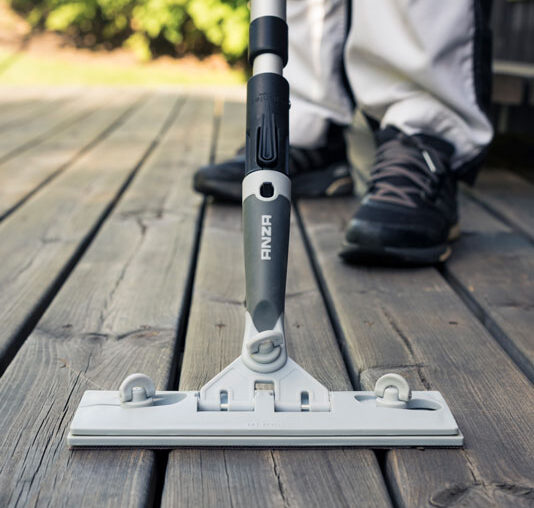
Previously treated terrace?
Do you have terrace boards that are starting to chip, crack or simply don’t look nice anymore? Then it’s time to give your terrace a new treatment. To get the best and most lasting results, do your homework. The key is to clean and scrub all boards thoroughly, and make sure you get rid of any old oil residue before applying any new treatment. If your terrace is very dirty or has mould or algae, you may want to use an algae and mould cleaner to get the surface really clean.
What tools do I need to treat my terrace?
When it comes to terrace treatments, it’s common to buy slightly inferior tools, but by choosing higher quality painting tools you’ll get a better end result, in less time. Our terrace tool 2-I-1 is our best tool for the patio. If you also add an extension handle, you save both your back and knees. The patio tool’s application pad ensures a thin, even coat without overlap marks and prevents drips and splashes. Read more about the terrace tool here.
